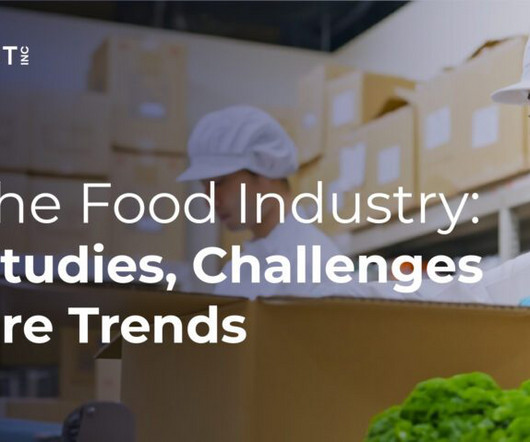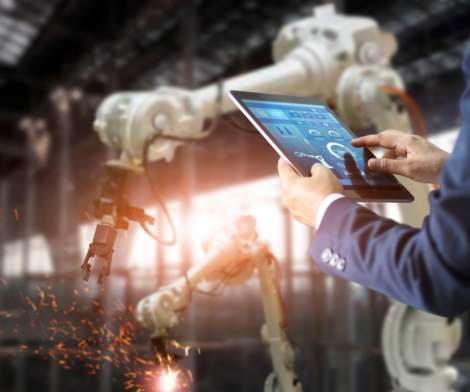AI in the Food Industry: Case Studies, Challenges & Future Trends
ThroughPut
MARCH 28, 2024
billion by 2029. Enhance Food Safety & Quality AI is helping food companies become compliant and transparent. AI powers predictive analytics where trends, preferences and purchasing behaviors are analyzed in-depth that help companies store the right product mix. billion in 2024. That’s definitely good news.















Let's personalize your content